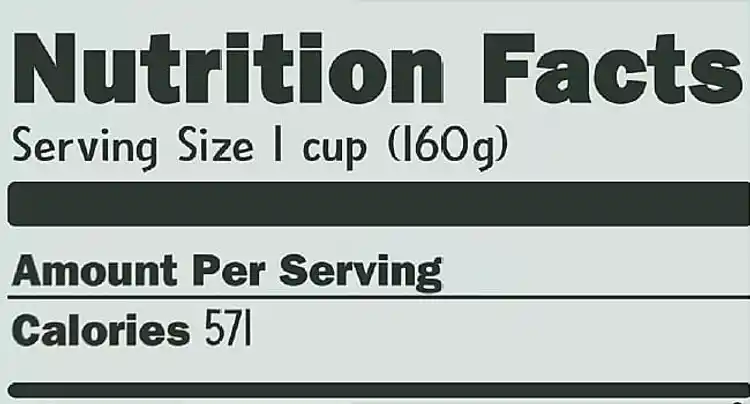How to Read a Nutrition Label for Diabetes

Hide Video Transcript
Video Transcript
If you have diabetes, proper meal planning is essential for managing your blood sugar levels. And using nutrition labels on packaged foods can help you make the best choices!
First, look at the serving size. All the info listed below is based on this amount of food. If you eat more than one serving, you'll need to multiply everything by the number of servings you eat.
In general, try to pick foods with lower calories, saturated fat, trans fat, cholesterol, and sodium. But DO look for foods with high fiber, vitamins, and minerals.
Keep in mind that fat-free and sugar-free products can still contain carbs.
Just pay attention to the number of "total carbohydrates" per serving. This includes sugars, complex carbs, and fiber -- which can all affect your blood sugar.
Finally, scan the ingredient list to check for things you want to avoid, like hydrogenated oils, which are high in trans fats.
You can also find heart-healthy ingredients like olive oil, whole grains, and oats.
No matter what your food goals are, nutrition labels can help you reach them!
First, look at the serving size. All the info listed below is based on this amount of food. If you eat more than one serving, you'll need to multiply everything by the number of servings you eat.
In general, try to pick foods with lower calories, saturated fat, trans fat, cholesterol, and sodium. But DO look for foods with high fiber, vitamins, and minerals.
Keep in mind that fat-free and sugar-free products can still contain carbs.
Just pay attention to the number of "total carbohydrates" per serving. This includes sugars, complex carbs, and fiber -- which can all affect your blood sugar.
Finally, scan the ingredient list to check for things you want to avoid, like hydrogenated oils, which are high in trans fats.
You can also find heart-healthy ingredients like olive oil, whole grains, and oats.
No matter what your food goals are, nutrition labels can help you reach them!
